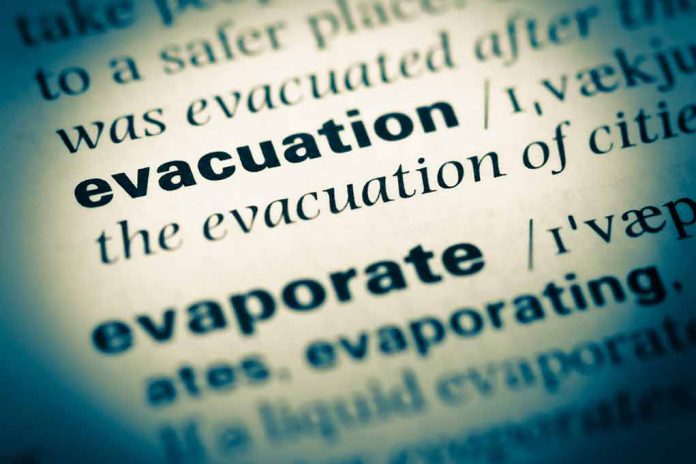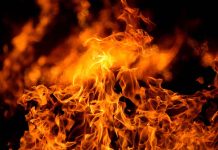
(UnitedVoice.com) – Despite the name, Iceland is not just ice. The country is also home to 130 active and inactive volcanoes. One of them has now erupted.
On January 14, lava flowed into the town of Grindavík on the Reykjanes Peninsula. The city’s population was evacuated to keep them safe. Lava destroyed buildings and several homes. Fortunately, by the next day, the situation appeared to be getting better. Dr. Matthew Roberts, who works for the Icelandic Meteorological Office (IMO), spoke to the BBC and said the situation had “very much eased.”
Experts have detected an increased amount of activity on the peninsula since 2020. Before that, the area had been dormant for approximately 800 years. In recent months, scientists detected thousands of earthquakes that could not always be felt. Those earthquakes are still happening, but they are decreasing in intensity and number.
Thorvaldur Thordarson, a University of Iceland volcanologist, told The New York Times that the Reykjanes Peninsula is entering a “new chapter” and it “will last for a long time.” He warned that the region is very populated, and now, it’s at risk.
Iceland’s government has been preparing for a possible eruption so they built defensive barriers around the geothermal power plant, which provides hot water to the region. The country’s prime minister, Katrin Jakobsdottir, said that authorities have to start looking for “long-term solutions.”
For residents, watching their homes go up in flames was heartbreaking. Teacher Unndor Sigurdsson, who has three kids, helped build his own home. It was just finished recently. When he and his family evacuated, he was watching a livestream of the eruption and saw his house be destroyed. He explained that it looked like his house wasn’t even there. In its place is just a layer of black lava. That hasn’t stopped him from wanting to return to his home. “When it is possible, and allowed, I will move back to Grindavík,” he said.
Copyright 2024, UnitedVoice.com






















